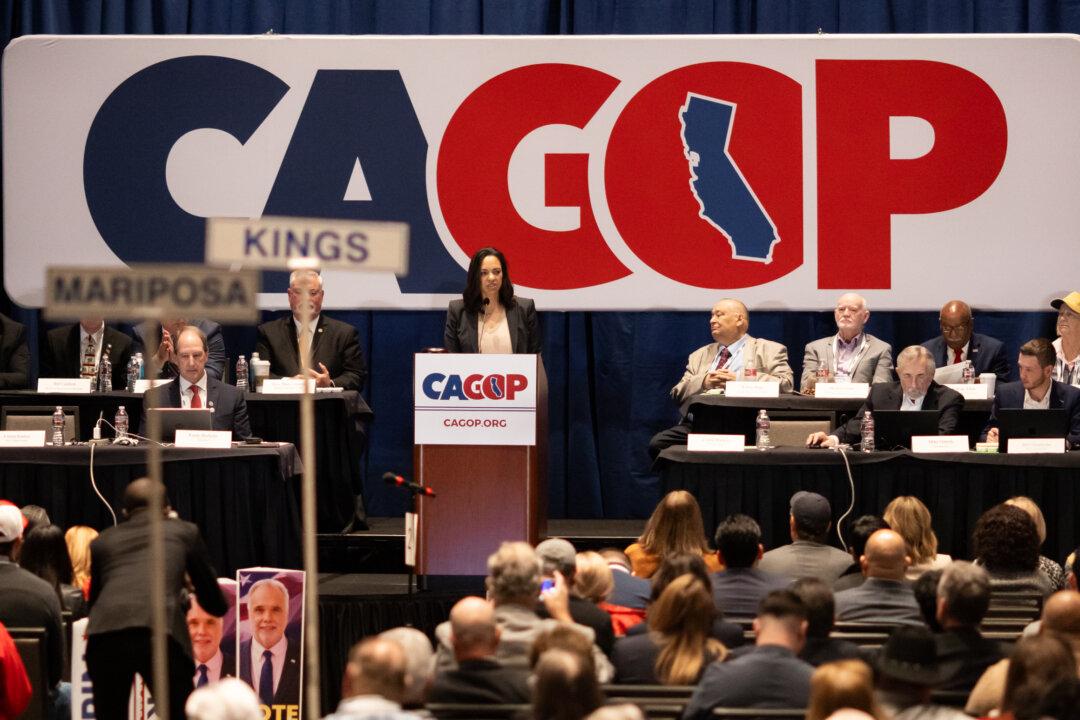Some California politicians have upped the ante in an escalating battle of wills with President Donald Trump and other opponents in a push to declare a state of emergency over the homeless crisis.
Los Angeles County Supervisor Mark Ridley-Thomas, L.A. City Councilman Joe Buscaino, and other prominent officials, have been pushing for California Gov. Gavin Newsom to declare a state of emergency in an attempt to access funding under the Federal Emergency Management Agency (FEMA).
“We have to urgently accelerate our efforts because we are faced with an unmistakable State of Emergency,” he stated.
Buscaino introduced a motion in the Los Angeles city council on Sept. 25, supported by six other council members, urging Newsom to declare the state of emergency.
Criticism of Local Policies
Trump has frequently pointed to California’s growing homeless population as a sign that progressive policies are failing in the Democratic-controlled state. The homeless crisis has become the latest drama in the political theater between his administration and Newsom’s state government. Trump blasted California-based Democrats House Speaker Nancy Pelosi, U.S. Rep. Adam Schiff, and Newsom last week for spending too much time on impeachment “nonsense” while neglecting serious problems such as drug abuse and homelessness in their own districts.When Newsom and other elected Democrats wrote to Trump last month asking for more federal funds for homeless programs, their request was met with a scathing response from the department of Housing and Urban Development (HUD).
“Leaving California’s homeless unsheltered, unhealthy, and unsafe is a human tragedy and unacceptable,” said Carson, who said he was asked to respond on Trump’s behalf.
In the letter, Carson said the Trump administration is doing its part and has requested about $2.6 billion from Congress to fight homelessness in the 2020 budget, which he said represents a $216 million or nine percent increase from this year’s budget request.
“Your letter seeks federal dollars for California from hardworking American taxpayers but fails to admit that your state and local policies have played a major role in creating the current crisis,” he wrote.
California has undercut the ability of police officers to enforce quality-of-life laws, remove encampments, and connect homeless people with supportive services they need to get off the streets, Carson said. With as many as 28 percent of the homeless suffering from some form of mental illness, Carson pointed out the state has closed 30 percent of its psychiatric beds since 1995 and is showing a 6.3 percent increase in illicit drug overdose deaths, while the number is dropping in the rest of the country.
Carson said the state’s lax enforcement of federal immigration laws, including the encouragement of sanctuary city policies to protect illegal migrants from deportation, combined with an over-regulated housing market and lack of affordable housing is only adding to the homelessness problem.
“California needs to address the obvious local issues within its control to help address this catastrophe,” Carson said.
Homeless Task Force
Ridley-Thomas and Sacramento Mayor Darrell Steinberg were appointed co-chairs of Newsom’s Statewide Homeless and Supportive Housing Advisory Task Force, which held its first meeting on Sept. 6 in Modesto, Calif. The stated goal of the task force is to visit communities that are using proven methods of dealing with the homeless crisis and highlighting their successes as best practices.Both Steinberg and Ridley-Thomas are backing the “right to shelter” movement in California that would legally require local governments to provide beds for all homeless people who want to move off the streets. However, Newsom has stated he’s not ready to sign right-to-shelter legislation and has so far resisted the notion of declaring a state of emergency.
Ridley-Thomas touted another government committee formed in mid-August, the California State Association of Counties Homeless Action Team, as an indication the state is working hard to help the homeless.
According to the county’s most recent Homeless Point-in-Time Count, there are more than 58,900 homeless, many with young children, in Los Angeles County alone.
“We take 130 people out of homelessness every day, only to have 150 go into homelessness every day. It’s not as if what we’re doing isn’t working. We haven’t been able to run fast enough because we didn’t anticipate the forcefulness of the inflow,” Ridley-Thomas said at a recent meeting on homelessness.
Across the state, there are an estimated 130,000 homeless people. From 2017 to 2019, the number of homeless people has risen dramatically: 17 percent in San Francisco, 42 percent in Alameda, 19 percent in Sacramento, 64 percent in Kern, 45 percent in Ventura, and 43 percent in Orange County. In one year, from 2018 to 2019, the number of homeless rose by 12 percent in Los Angeles, 23 percent in San Bernardino, and 21 percent in Riverside counties.





